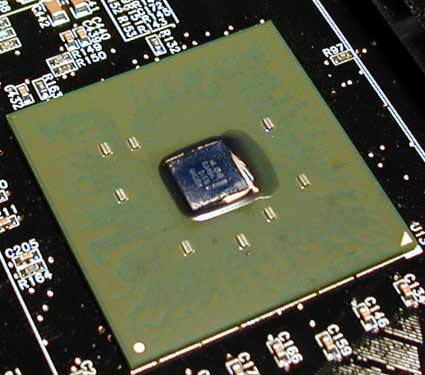Intel's Strike Force: 19 DDR-Motherboards With 845 Chipset and DDR-Support
Introduction
Intel's Strike Force At A Glance:19 Motherboards With The 845 Chipset For DDR
Everybody wanted it, now it's finally here: a Pentium 4 chipset from Intel that offers high performance and does not require expensive Rambus memory (RDRAM). 'DDR' has been a fabulous catchword for AMD's Athlon, so why shouldn't this work out for Intel's sweetheart, too? DDR (Double Data Rate) SDRAM offers twice the bandwidth of PC133 SDRAM, serving the Pentium 4's 400 MHz quad-pumped bus better than the latter ever could. The overall performance has now reached a very good level and everybody should be happy, but why aren't we?
Perfect things are very rare in life, and it's not any different here. Intel did not arbitrarily choose RDRAM to be the main memory, since the current type (PC800 standard) works at exactly the same clock speed as the P4's memory bus: 400 MHz (100 MHz quad-pumped for the CPU, 400 MHz double-pumped in case of the memory). This fits perfectly because data can be transferred at every clock cycle. Switching to DDR memory brings along some asynchronism, as it is clocked at 133 MHz (double pumped).
Basically, DDR memory, with its bandwidth of 2.1 GB/s (also called PC2100), works faster than RDRAM at its 1.6 GB/s. However, in modern systems RDRAM is only used in dual or multiple channel configurations. In case of the Pentium 4 with 850 chipset, two RIM modules have to be used in order to get two channels - resulting in a bandwidth increase to 3.2 GB/s. Unfortunately, RDRAM cannot be overclocked very well, which is a huge factor for speed demons and performance enthusiasts. DDR SDRAM is still slightly cheaper and more flexible.
As a matter of fact, the 845 chipset does not have any real disadvantage - actually, quite the contrary. This platform is fast, affordable and very sophisticated. It even seems to be ready for the future (since Intel does not plan to replace the Socket mPGA478 within the next several months), and could remain the prevailing platform for another year - at least as long as the P4 Northwood is the favorite product in Intel's portfolio. You can be fairly sure that CPUs running at 3 GHz or even more will run perfectly in today's motherboards.
We decided to delay this review several times in order to collect as many motherbords as possible. 19 boards arrived at the lab, most of them in colorful boxes, dressed in fancy PCB optics and gussied up in enthusiastic promises. We tested the boards to see which ones are able to live up to expectations.
Get Tom's Hardware's best news and in-depth reviews, straight to your inbox.

Patrick Schmid was the editor-in-chief for Tom's Hardware from 2005 to 2006. He wrote numerous articles on a wide range of hardware topics, including storage, CPUs, and system builds.
